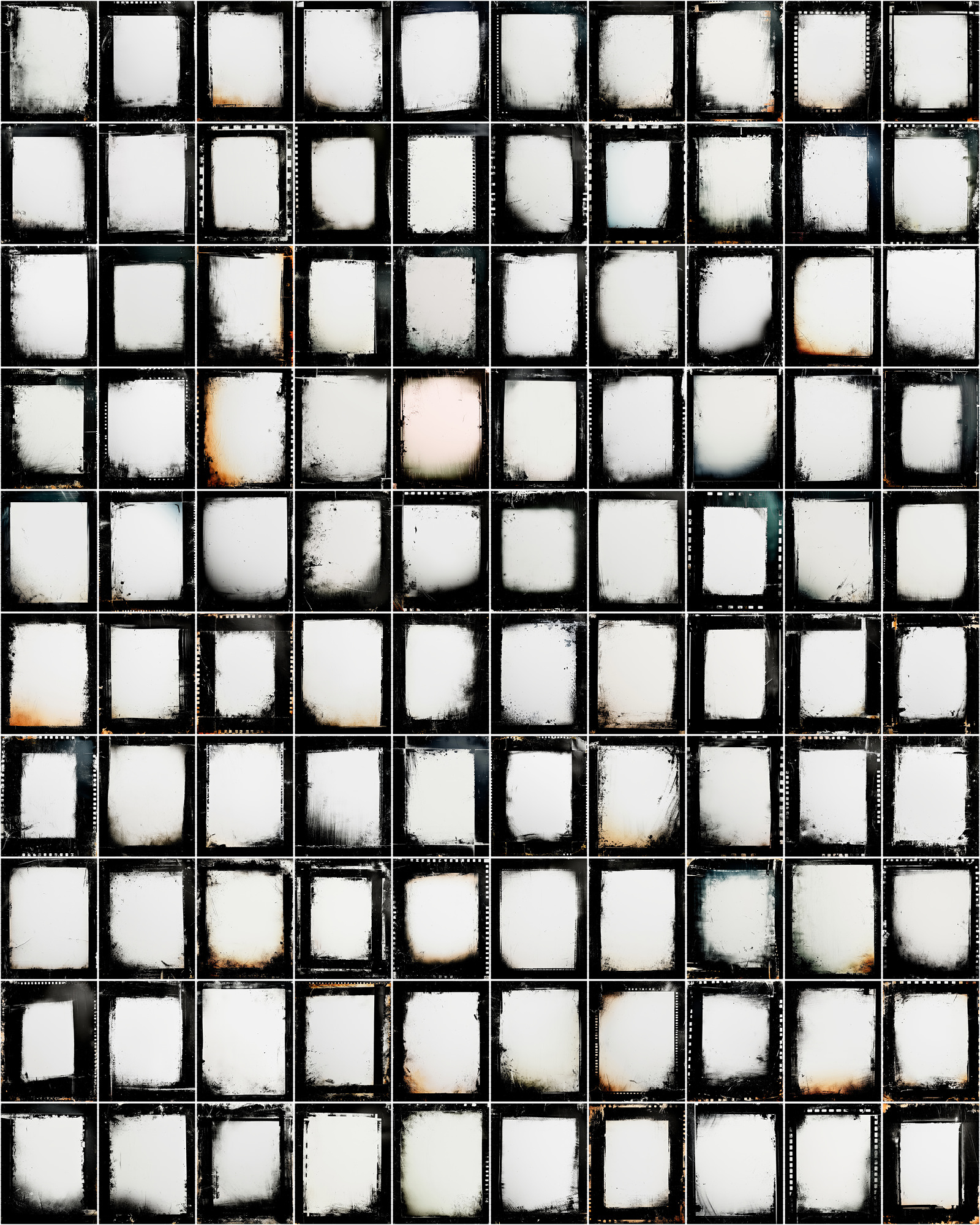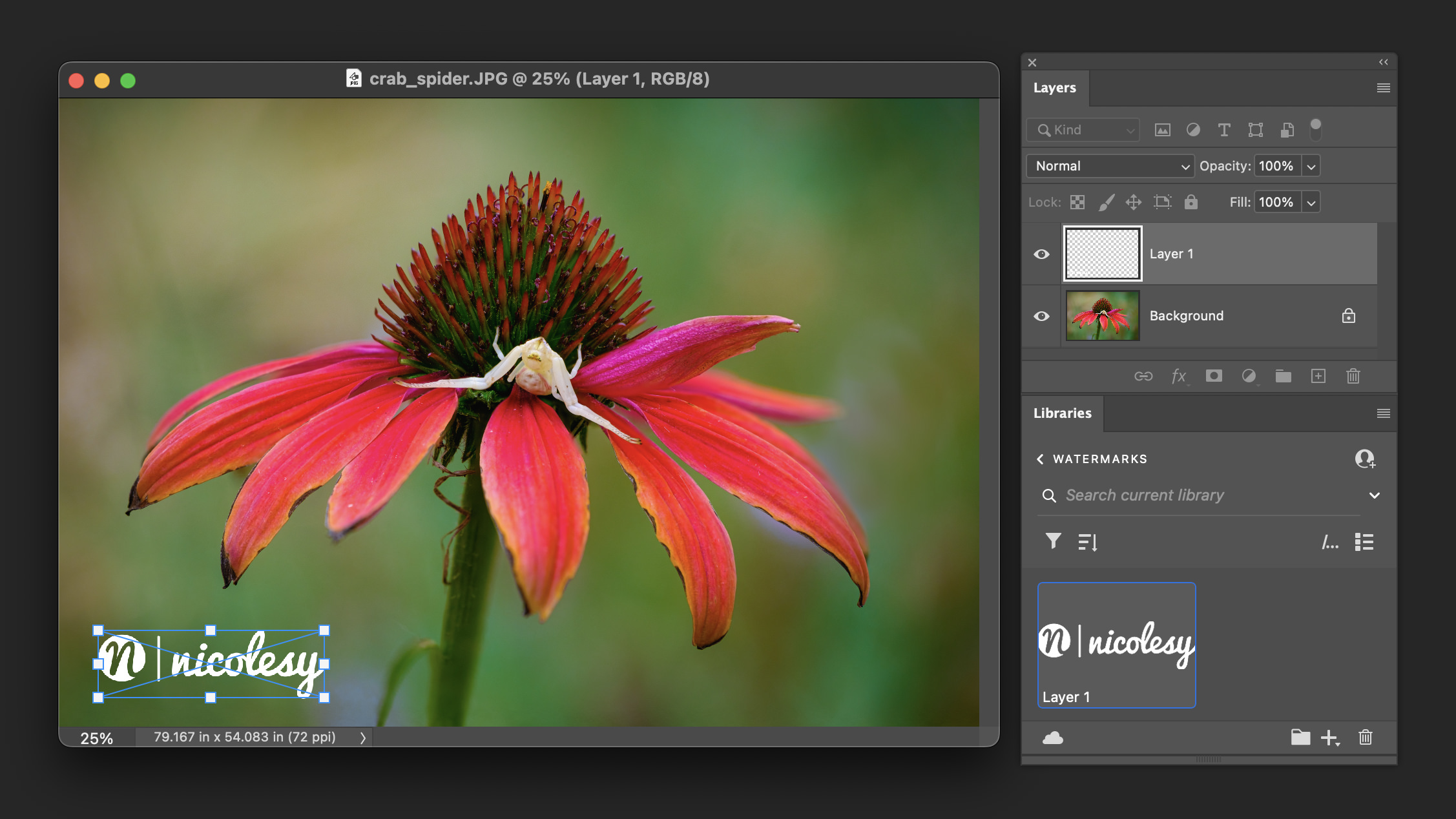A few years ago my iMac’s internal hard drive crashed. I should have seen it coming, as my computer had been sluggish while working on files in Indesign, but eventually started acting normal again. I chalked it up to the file being much larger than usual. But then, a few weeks later, it happened. The “beach ball of death” would not quit spinning, and once I realized the drive was doomed I was unable to even copy and paste files from one computer to another. It was dying, and I was helpless.
What I lost
Thankfully I didn’t lose anything I could not replace. Nearly all of my photographs and important files were on an external drive, backed up every day to a second external Drobo. And all of my working files (in-progress videos, Indesign documents, etc.) were in cloud storage. However the one thing I failed to do for this computer was set up a backup for my main iMac hard drive. Whoops.
The biggest thing I lost—aside from the time it took to get everything back in order—was my entire Lightroom catalog. I didn’t lose any images, only the organizational metadata (picks, etc.) and collections. (Thankfully I have my catalog set to store metadata on sidecar files, so no edits or embedded metadata was lost.) Even a few years after this hard drive failure I am still feeling the pains of having to start over with a new Lightroom catalog. I tend to use the “pick” flags to rate and organize my images, however that system has the disadvantage of not being embedded into the metadata. And because of that, I lost the majority of the important organizational structure I had seen up in my catalog, going back nearly fifteen years. I still find myself rummaging through old folders looking for images to use in tutorials or blog posts, and I expect this will be something I will continue to do for several years.
My backup strategy
After this incident I have been much more diligent about my computer backups. I purchased another external hard-drive that is used solely for my iMac, and make sure that it gets backed up every day. Here is how I have my computer, external drives, and backup software set in my home office:
Computer: iMac
- What it stores: Applications, Lightroom catalog, working files, etc.
- Backs up to: 6TB External Western Digital Drive
- Backup software: Carbon Copy Cloner
- How often? Every morning
Main External drive: Drobo 5D
- What it stores: All raw and source video files, important documents, eBooks/Video courses
- Backs up to: Drobo 5N
- Backup software: Carbon Copy Cloner
- How often? Every morning
iPhone Backup:
I create a lot of personal photos with my iPhone don’t want to lose them. There are a lot of different ways to back up a smart phone, but I have found that the most fail-safe way is to use the Google Photos app. I make sure to launch it every once in a while to upload the photos and videos from my phone, and I also have it set to store the originals. Google Photos is also a great way to search for old photos (it has excellent visual recognition to know what is in your photos, so you don’t need to keyword or tag them).
How to prepare yourself
All hard drives, eventually, will crash, and it is always bad timing when they do. There are, however, some very easy ways to prevent this! Here’s my super simple list of what you should do RIGHT NOW if you are not already backing up your computer or hard drives:
- Back up your data: Whether you are using your internal or external hard drive, you need to make sure that you have at least two copies of each of those drives. For heavy-duty storage needs, like photographers or other visual artists, you will likely need to have a physical backup; in other words, a second hard-drive connected to your computer that mirrors the main hard drive. For lightweight users (a handful of everyday photos and documents), or for those with extremely fast Internet (you lucky people, you), I would consider looking in to an online cloud-based backup solution, such as Backblaze or Carbonite.
- Set up a backup automation: I highly recommend using software that will automatically back up your data so that you never forget to keep your drive up-to-date.
- Check your hardware regularly: On a Mac, you can run a diagnostic on your hardware by holding the D key as you start up the machine (note that this will sometimes send over false errors for memory if you are like me and replace it with third-party RAM). I did this while my drive was crashing and it positively identified that the the drive was failing. Windows machines are a little different, so you may need to refer to the brand of computer you are using to find out how to test the hardware.
A few years ago my iMac’s internal hard drive crashed. I should have seen it coming, as my computer had been sluggish while working on files in Indesign, but eventually started acting normal again. I chalked it up to the file being much larger than usual. But then, a few weeks later, it happened. The “beach ball of death” would not quit spinning, and once I realized the drive was doomed I was unable to even copy and paste files from one computer to another. It was dying, and I was helpless.
What I lost
Thankfully I didn’t lose anything I could not replace. Nearly all of my photographs and important files were on an external drive, backed up every day to a second external Drobo. And all of my working files (in-progress videos, Indesign documents, etc.) were in cloud storage. However the one thing I failed to do for this computer was set up a backup for my main iMac hard drive. Whoops.
The biggest thing I lost—aside from the time it took to get everything back in order—was my entire Lightroom catalog. I didn’t lose any images, only the organizational metadata (picks, etc.) and collections. (Thankfully I have my catalog set to store metadata on sidecar files, so no edits or embedded metadata was lost.) Even a few years after this hard drive failure I am still feeling the pains of having to start over with a new Lightroom catalog. I tend to use the “pick” flags to rate and organize my images, however that system has the disadvantage of not being embedded into the metadata. And because of that, I lost the majority of the important organizational structure I had seen up in my catalog, going back nearly fifteen years. I still find myself rummaging through old folders looking for images to use in tutorials or blog posts, and I expect this will be something I will continue to do for several years.
My backup strategy
After this incident I have been much more diligent about my computer backups. I purchased another external hard-drive that is used solely for my iMac, and make sure that it gets backed up every day. Here is how I have my computer, external drives, and backup software set in my home office:
Computer: iMac
- What it stores: Applications, Lightroom catalog, working files, etc.
- Backs up to: 6TB External Western Digital Drive
- Backup software: Carbon Copy Cloner
- How often? Every morning
Main External drive: Drobo 5D
- What it stores: All raw and source video files, important documents, eBooks/Video courses
- Backs up to: Drobo 5N
- Backup software: Carbon Copy Cloner
- How often? Every morning
iPhone Backup:
I create a lot of personal photos with my iPhone don’t want to lose them. There are a lot of different ways to back up a smart phone, but I have found that the most fail-safe way is to use the Google Photos app. I make sure to launch it every once in a while to upload the photos and videos from my phone, and I also have it set to store the originals. Google Photos is also a great way to search for old photos (it has excellent visual recognition to know what is in your photos, so you don’t need to keyword or tag them).
How to prepare yourself
All hard drives, eventually, will crash, and it is always bad timing when they do. There are, however, some very easy ways to prevent this! Here’s my super simple list of what you should do RIGHT NOW if you are not already backing up your computer or hard drives:
- Back up your data: Whether you are using your internal or external hard drive, you need to make sure that you have at least two copies of each of those drives. For heavy-duty storage needs, like photographers or other visual artists, you will likely need to have a physical backup; in other words, a second hard-drive connected to your computer that mirrors the main hard drive. For lightweight users (a handful of everyday photos and documents), or for those with extremely fast Internet (you lucky people, you), I would consider looking in to an online cloud-based backup solution, such as Backblaze or Carbonite.
- Set up a backup automation: I highly recommend using software that will automatically back up your data so that you never forget to keep your drive up-to-date.
- Check your hardware regularly: On a Mac, you can run a diagnostic on your hardware by holding the D key as you start up the machine (note that this will sometimes send over false errors for memory if you are like me and replace it with third-party RAM). I did this while my drive was crashing and it positively identified that the the drive was failing. Windows machines are a little different, so you may need to refer to the brand of computer you are using to find out how to test the hardware.

Nicole is a photographer, published author, and educator specializing in Lightroom, Photoshop, and photography. She is best known for her books on food photography but is widely versed in various photographic genres, including landscape, nature, stock, travel, and experimental imagery.













Hi Nicol
Last year i had a computer problem which turned out to be hard drive crash and i lost everthing on the computer ,,software ( photoshop.Lightroom as well as a lot more) (alll images(going back years) and plugins ,, computer needed to to be reset according to HP this the second time it has happend , still trying to recover everything i lost which near imposible, now i have 2 ext hard drives conected to computer which is an all in one type
Regards
Rob
Oh I’m so sorry! Losing photos is the hardest part. :(
Nicole: Of course, you can never back up enough….the other day, one of my external drives refused to write, but I could read it. Not a fatal crash, but it was useless. No worries: I always have a brand new external drive on hand for this sort of thing, and I plugged that in. Only five months old and unused. It didn’t work. WD has a two warranty so I will get another new one. As for Carbonite….I subscribed to their service for my iMac. It never worked and they actually told me to find another service, despite being a fairly new iMac with excellent specs, as they agreed. So now I use Crashplan. Seems a winner. I have drives all over the place! Keep backing up! Best. Gerald Levy.
I’ve been wanting to use a cloud-based backup service. Until now we have never had fiber internet, and once we get our offices wired directly to it I may consider doing that. I expect it will take several months to back up my entire photo library, but it would be nice having everything safe in the cloud.
Hi Nicole,
since 1985 I use computers every day. I bought then the Macintos Plus for the store I had and in 6 month’s time I had put all the products in there (Prices, stock e.t.c.). Now, after 33 years, I not only use external Hard Drives (Seagate & WD), but when I have the right GBs to fill a DVD disc I do it immediately, just in case… Thanks for the article, very useful, keep on the good work!
Thomas, Kalamata, Greece
Great article thanks for sharing. As yur a MAc user, have you tried the mac software TIME MACHINE ?